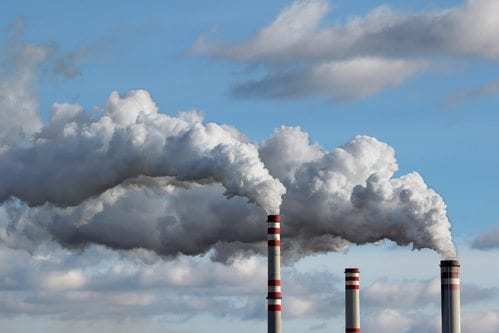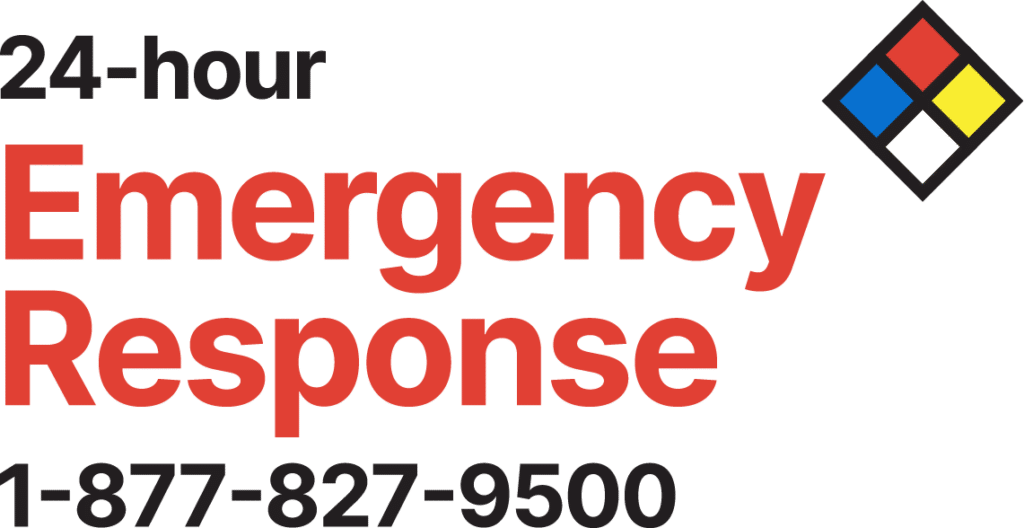The term emissions describes the gases and particles produced or emitted into the air by various sources. The amount and types of emissions in the United States change frequently due to many factors, including the economy, traffic, and technological advancements. To protect both human health and the environment, the EPA aims to reduce the emissions of toxic air pollutants. The 1990 amendments to the Clean Air Act (CAA) enacted and enforced more stringent regulations regarding air pollution emissions, giving the EPA the authority to limit emissions of pollutants. Air emission tracking is required by the CAA and its amendments. The EPA achieves its standards using regulatory programs and an inventory, the National Emission Inventory (NEI). Although some states have stronger laws addressing air pollution, none can set weaker pollution limits. In Missouri, the MO Department of Natural Resources (MDNR) has authority over regulating air emissions.
Is your organization required to analyze air pollution emissions?

Analyzing Air Pollution Emissions
Why You Might Be Required to Analyze Your Air Pollution Emissions
Facilities are required to determine if they have the potential to emit harmful levels of certain pollutants, depending on their industry type. In the environmental industry, this is commonly referred to as “Potential to Emit,” or PTE. The main pollutants are particulate matter, sulfur dioxide, nitrogen oxide, volatile organic compounds (VOCs), hazardous air pollutants (HAPs), and carbon monoxide.
If a facility’s PTE exceeds certain thresholds, the facility must apply for a “Permit to Construct” before they can begin construction or operation. These permits are issued by the MDNR, and they commonly require the facility to track air emissions of the above pollutants to make sure they do not exceed regulatory limits allowed by the permit. In addition, the facility must submit air Emission Inventory Questionnaires (EIQs) annually to the MDNR to demonstrate that it is in compliance with its permit.
Consequences of Non-Compliance
What happens if you are not compliant with emissions limits? You will receive a Notice of Violation or a Notice of Excess Emissions, both of which describe how a facility lacks compliance and what it must do to fix the problem. Within 15 days, you must respond to the MDNR and correct the issue. In addition, in some cases, the MDNR will penalize your violation of the law. If this occurs, you will receive a settlement offer letter, which encourages you to resolve the issue with the MDNR and settle the matter out of court.
How Do I Report Emissions?
The MDNR allows facilities to report emissions using a paper form or through an electronic system. If you must submit a full EIQ (which provides detailed annual emission calculations), review the document 2017 Emissions Reporting: Full EIQ. With a reduced EIQ, your previous emissions will roll forward if three things are true: not Part 70, the emissions change is less than five tons, and you have no new equipment in the reporting year. If this describes your facility, review the 2017 Emissions Reporting: Reduced EIQ.
If you need help analyzing your air pollution emissions, contact Environmental Works today. Our experienced environmental consultants can calculate your emissions and assist with yearly emissions reporting. With our expertise in regulatory compliance and our long history working with local, state, and federal regulatory agencies, you can count on our team every step of the way. For more information about EWI’s services, please contact us online or give us a call at 417-890-9500.



